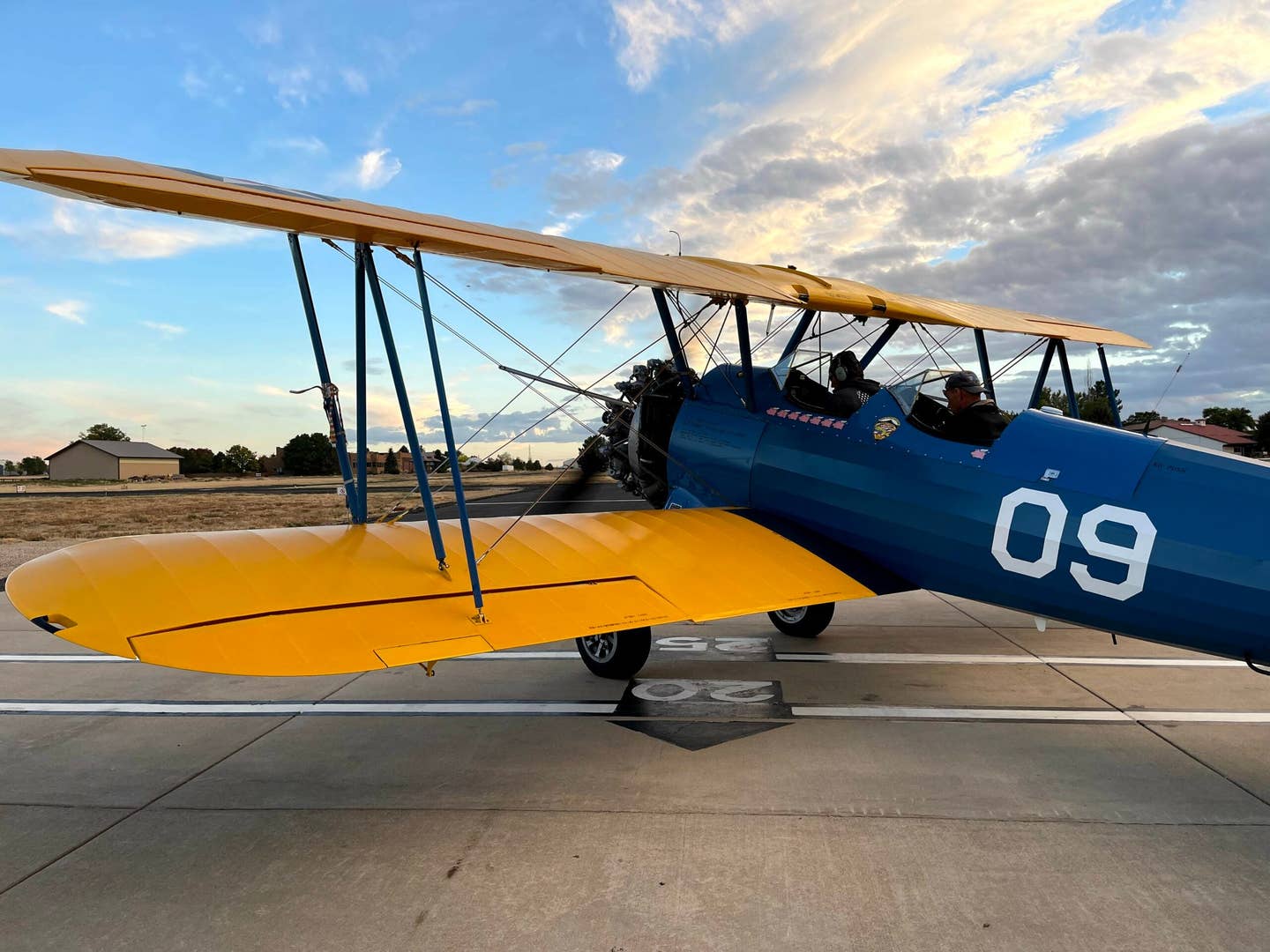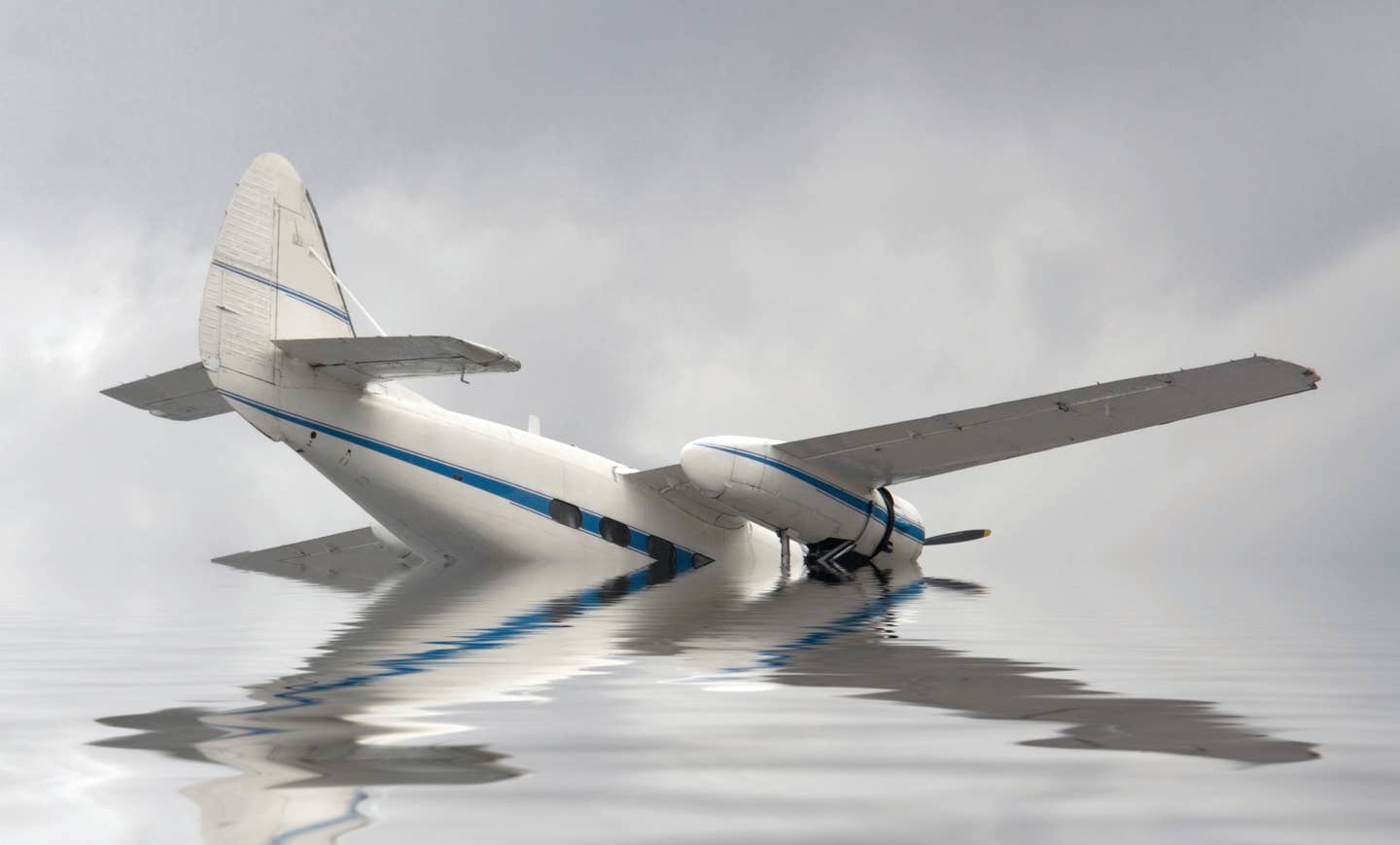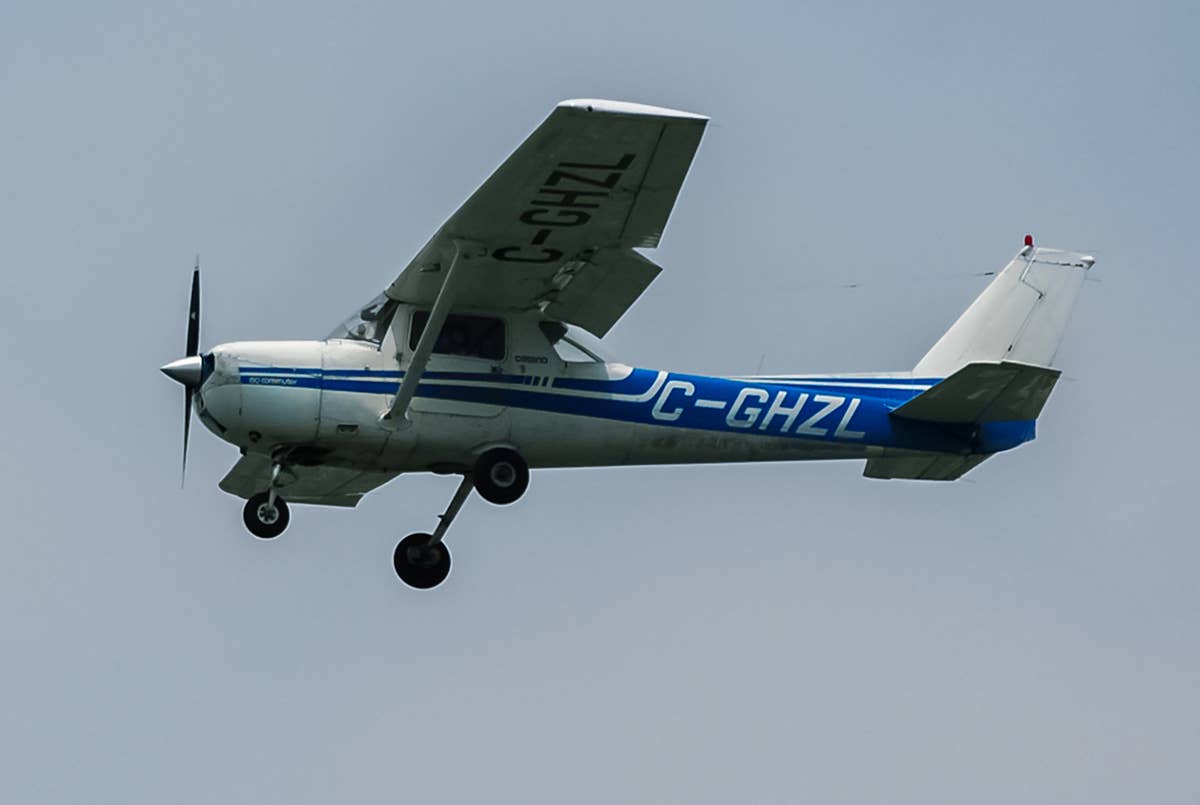How Do I File a Pilot Weather Report Online?
One of the most cumbersome tasks in GA flight is the PIREP.

Boosting knowledge about weather can help make pilots safer. [iStock]
Question: How do I file a pilot weather report online?
Answer: In general aviation, one of the most cumbersome things to do while in flight is to file a pilot weather report, more commonly known as a PIREP. This has created the unfortunate situation that on any given day 98 percent of the PIREPs in the system are typically describing weather conditions at or above 18,000 feet.
It wasn’t all that long ago that the Enroute Flight Advisory Service (EFAS) was available primarily for pilots to receive weather updates while they were flying to their destination. More importantly, EFAS was the main outlet to file a PIREP such that it was guaranteed to be input into the system and become available for other pilots to see. This service was also called Flight Watch.
If you're not already a subscriber, what are you waiting for? Subscribe today to get the issue as soon as it is released in either Print or Digital formats.
Subscribe NowGiven that EFAS was organized by Air Route Traffic Control Centers (ARTCC), you simply put 122.0 MHz into your radio, keyed the mic, and referenced them by a particular center’s airspace you were located within. For example, if you were in the Jacksonville Center’s airspace in Florida, your initial call might have been, “Jacksonville Flight Watch, Skyhawk One Two Three Whiskey X-ray, 30 miles southwest of the Brunswick V-O-R at five thousand five hundred.” Then as long as you were more than 5,000 feet above the ground, someone from Flight Watch came on the frequency, and you engaged in a two-way conversation to file your PIREP.
- READ MORE: The Ins and Outs of Pilot Weather Reports
However, EFAS was terminated on October 1, 2015. This now leaves the arduous task of finding the right Flight Service Station (FSS) frequency, making contact, and hoping someone on the other end responds to your call. The frequency you use to transmit and receive is dependent on your location. Pull out your VFR sectional (paper or electronic version), find the nearest VOR to your location, and look for the frequency located on the top of the VOR information box.
Of course, the correct frequency to use may also be available through your avionics or one of the many heavyweight electronic flight bag apps.
This is the frequency you will use to transmit and receive. Below the box is the name of the particular FSS to use in your initial call. For example, if you are near the Brunswick VORTAC in Georgia, your initial call may be, “Macon Radio, Skyhawk One Two Three Whiskey X-ray, transmitting and receiving on 122.2, over.” This is the easy case.
- READ MORE: How to Wrap Your Head Around Weather
If there’s an “R” shown at the end of the frequency (e.g., 122.1R), then that means FSS will receive on this frequency and you will transmit on this frequency. And you’ll need to be sure you listen for its response over the VOR frequency. Make sure your volume is turned up and not muted on your VOR radio.
This column first appeared in the May 2024/Issue 948 of FLYING’s print edition.

Subscribe to Our Newsletter
Get the latest FLYING stories delivered directly to your inbox







